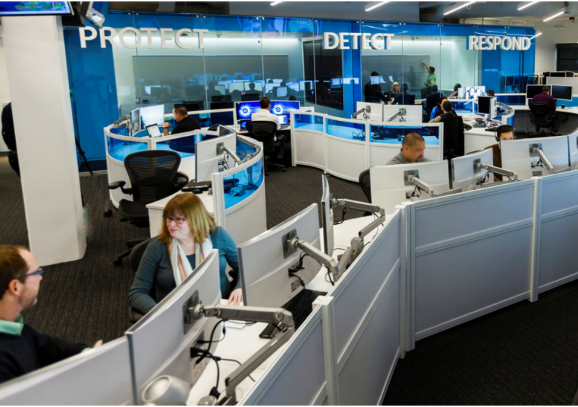This year is a landmark moment for Microsoft as we observe the 20th anniversary of Patch Tuesday updates, an initiative that has become a cornerstone of the IT world’s approach to cybersecurity. Originating from the Trustworthy Computing memo by Bill Gates in 2002, our unwavering commitment to protecting customers continues to this day and is reflected in Microsoft’s Secure Future Initiative announced this month. Each month, we deliver security updates on the second Tuesday, underscoring our pledge to cyber defense. As we commemorate this milestone, it’s worth exploring the inception of Patch Tuesday and its evolution through the years, demonstrating our adaptability to new technology and emerging cyber threats.
The origin of Patch Tuesday
The concept of Patch Tuesday was conceived and implemented in 2003. Before this unified approach, our security updates were sporadic, posing significant challenges for IT professionals and organizations in deploying critical patches in a timely manner. Senior leaders of the Microsoft Security Response Center (MSRC) at the time spearheaded the idea of a predictable schedule for patch releases, shifting from a “ship when ready” model to a regular weekly, and eventually, monthly cadence. They tasked Craig Gehre, then a Security Release Manager, with developing the operational guidelines and overseeing the implementation of Patch Tuesday. This led to a shift from a “ship when ready” model to a regular weekly, and eventually, monthly cadence.
In addition to consolidating patch releases into a monthly schedule, we also organized the security update release notes into a consolidated location. Prior to this change, customers had to navigate through various Knowledge Base articles, making it difficult to find the information they needed to secure themselves. Recognizing the need for clarity and convenience, we provided a comprehensive overview of monthly releases. This change was pivotal at a time when not all updates were delivered through Windows Update, and customers needed a reliable source to find essential updates for various products.
Patch Tuesday evolution
The early days of Patch Tuesday were marked by a much simpler cybersecurity environment. The digital transformation journey of organizations over the years has been a catalyst for the swift migration to the cloud. This has not only led to the growth of connected devices but also broadened the horizons of the surfaces we can secure. This progress has been instrumental in enhancing our capabilities to protect and secure our digital assets. The number of endpoints, applications, and cloud services that need constant vigilance has increased, reflected in the growing number of patches issued each month.
Patch Tuesday has also influenced other vendors in the software and hardware spaces, leading to a broader industry-wide practice of synchronized security updates. This collaborative approach, especially with hardware vendors such as AMD and Intel, aims to provide a united front against vulnerabilities, enhancing the overall security posture of our ecosystems.
While the volume and complexity of updates have increased, so has the collaboration with the security community. Patch Tuesday has fostered better relationships with security researchers, leading to more responsible vulnerability disclosures and quicker responses to emerging threats. This collaborative spirit has been crucial during significant security events, such as the Hafnium attacks, where Microsoft not only issues patches for supported versions but also provided tools for older systems to help customers stay protected.
As we move forward, Patch Tuesday will continue to be an important part of our strategy to keep users secure. The initiative has grown from a simple update schedule to an integral component of the cybersecurity industry. As we look back on the last twenty years, it’s clear that our journey has been one of continuous learning and adaptation, always prioritizing the protection of our customers. As the landscape of security threats evolves, so does our strategy, but our core mission of safeguarding our customers remains unchanged.

